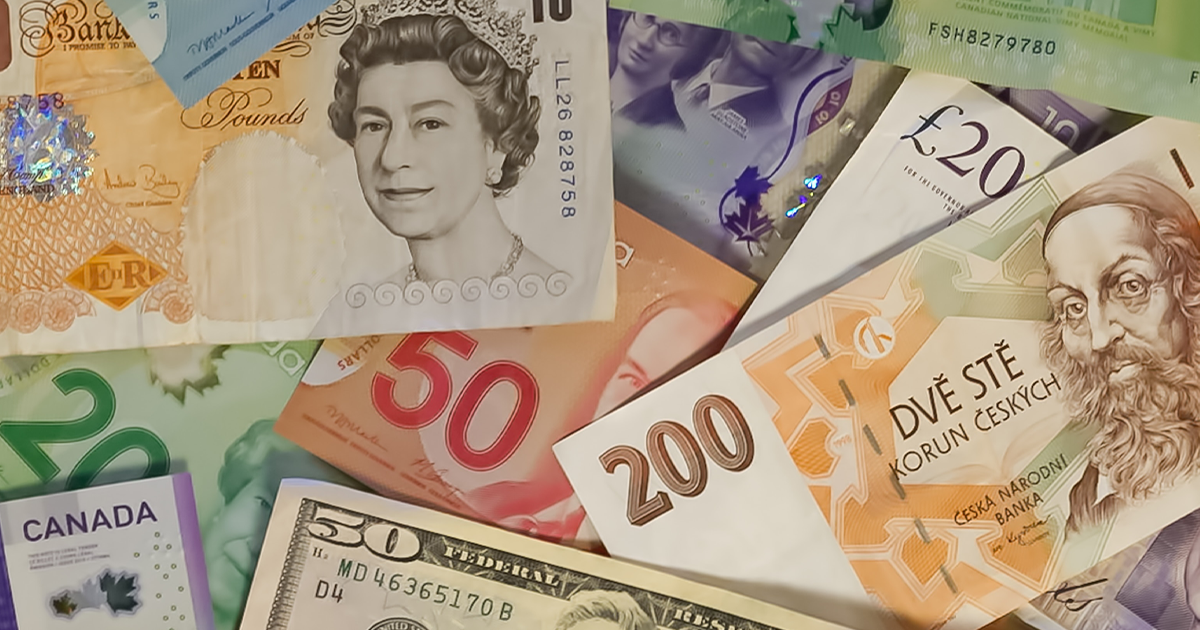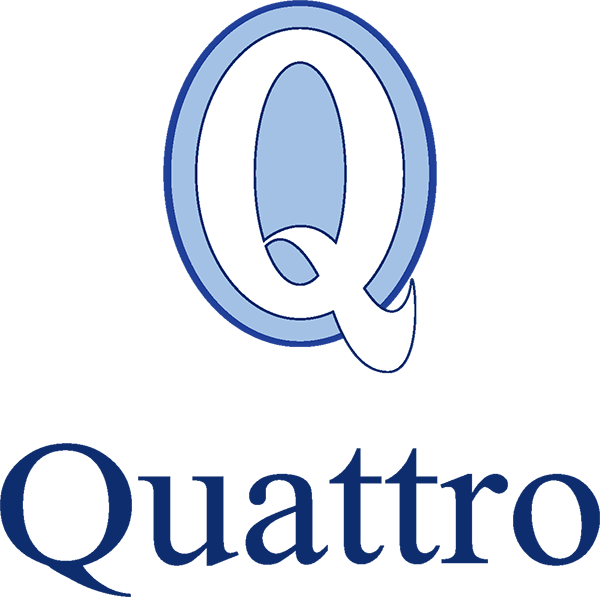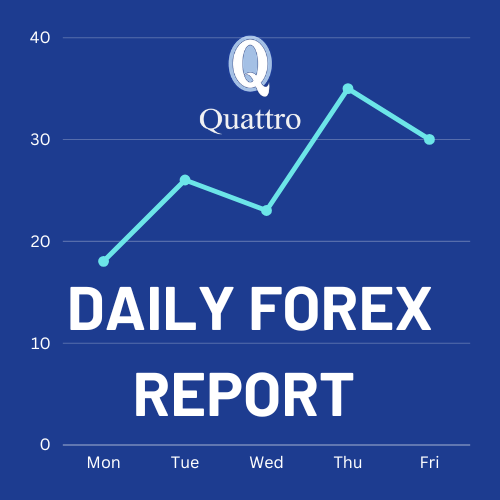
HOW WE SEE THE WORLD – OCTOBER 2023
November 17, 2023
Ask yourself this question: what problem am I trying to solve?
January 8, 2024GLOBAL ECONOMY
“It’s beginning to look a lot like Christmas, everywhere you go…” – Bing Cosby. Now that I have put that tune on repeat in your head, it is true to say that investors may have thought Santa had popped in early this November. Global equities recorded their strongest month in three years in a broad-based rally. November saw the rebound of global equities by a staggering 9,2% (MSCI World Index) and 7,6% (MSCI Emerging Markets Index), in USD terms. Not to be outdone the world government bond index grew by 4,8%. Economic resilience continued, alongside disinflation with major central banks pausing again while still retaining a willingness to keep interest rates higher for longer, keeping a lid on inflation. The CNN Fear & Greed Index, a measure of sentiment, swung from "extreme fear" at the beginning of the month to "greed", which is reflective of the rapid shift in sentiment and heightened optimism among market participants. This wild emotional shift, not always based on economic principle, further reinforces the Quattro investment philosophy of meticulously selecting an investment strategy and maintaining financial discipline through peaks and troughs by staying invested. Buy high (greed), sell low (fear)…. repeat until broke! The market is often swayed by sentiment of fear and greed but good strategists stay the course and achieve disproportionate long term reward for doing so.
In the geopolitical arena the temporary ceasefire in the Middle East allowed for the exchange of hostages. Despite this heartbreaking crisis and the fact that OPEC+ further cut production, Brent Crude oil prices surprisingly fell for the second successive month.
USA

GFlash estimates showed that the S&P Global Composite PMI, the weighted average of the manufacturing and service sector for the US, was flat at 50.7 in November. US markets reported their second-best November in over 40 years locking in growth with the S&P 500 Index trading 8.7% higher in November. In terms of key market drivers, commentary from Fed Chair, Jerome Powell, highlighted that the recent tightening in financial conditions may reduce the need for further intervention. The Federal Reserve kept the target range for the federal funds rate at a 22-year high for a second consecutive month in November reflecting policymakers' dual focus on returning inflation to the 2% target while avoiding excessive monetary tightening. The market took this as a sign that the Fed is moving away from an ultra-aggressive tightening policy and into a wait-and-see mode. Policymakers emphasised that the extent of any additional policy tightening would consider the cumulative impact of previous interest rate hikes, the time lags associated with how monetary policy influences economic activity and inflation, and developments in both the economy and financial markets.
Funding was extended to the U.S until at least mid-January, temporarily averting a government shutdown. However, Moody’s put the US’ top credit rating on “negative’ outlook.”
SOUTH AFRICA

South African markets followed the global trend with the All Share index gaining 8.1% as SA property clinched the top spot for the month, followed closely by equities and bonds. Although the rand performed weaker than most other currencies, foreign investors were net buyers of SA bonds for the first time since April. Interest rates were held steady at the final Monetary Policy Committee meeting for the year. The notion of high rates for longer remains intact, with the MPC emphasising that it remains trigger-ready should outcomes become sufficiently adverse. While the rand strengthened, several peculiarly distinctive risks continued to weigh on the local currency, resulting in it being one of the worst performers in the emerging market basket. International companies, particularly manufacturers with large facilities in South Africa, have also raised their concerns about infrastructure constraints and have called for a plan of action to address these shortcomings.
CHINA

In China, economic data and stimulus plans remained at the forefront. Manufacturing was flat in November and the property sector remained a drag on output. However, Beijing was reportedly considering a plan for banks to offer unsecured loans to developers for the first time. The headline inflation rate dipped into deflation territory again, echoing further food price declines. The trade surplus narrowed sharply compared to the same period the previous year, as exports dropped, and imports grew. China remains an outlier among central banks, having loosened monetary policy to revive a faltering economy. The MSCI China Index squeezed out 1,5% growth.
On the geo-political front US-China tensions appeared to ease following the Biden-Xi meeting.
UK

The UK economy defied expectations of a contraction in the 3rd quarter. The Composite PMIs, the weighted average of the manufacturing and service sector index, improved in November, returning to expansion territory. The Bank of England (BoE) kept interest rates at a 15-year high (5,25%) while assessing signs of an economic slowdown.
EUROZONE

The latest reading still indicated a sixth consecutive month of reduced business activity, albeit at a decelerated pace, with both services and manufacturing sectors contracting at a slower rate.
European markets also benefitted from the global rally with the EuroStoxx 600 adding 6% for the month.
In conclusion, the 2023 yo-yo continues, but perhaps it is beginning to look (at least) more like Christmas. Soon the bells will start, and the thing that will make them ring, is the carol that you sing, right within your heart.


